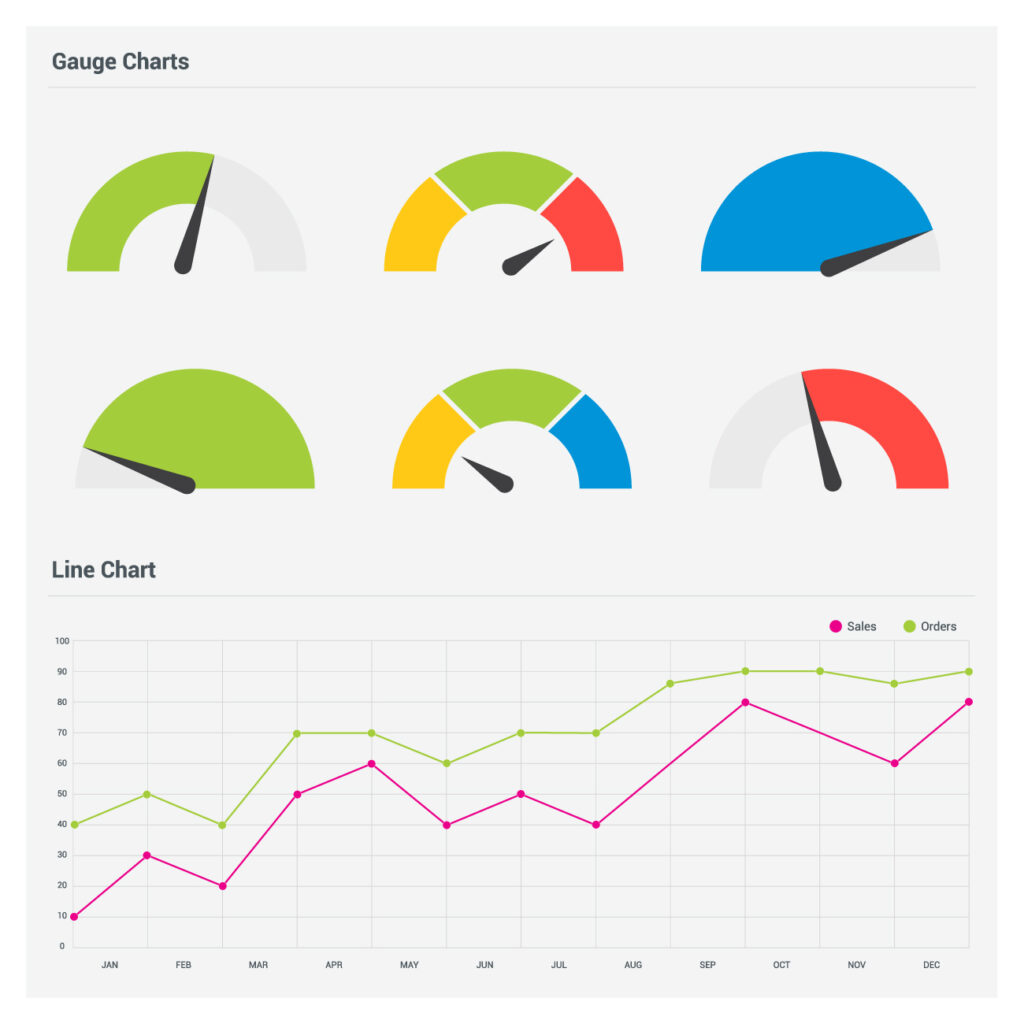
In the realm of business, monitoring specific metrics is paramount for gauging progress towards predefined goals. However, not all metrics offer immediate insights. Leading indicators serve as early signals of performance while lagging indicators reflect past outcomes. Understanding this difference is pivotal for effective performance monitoring.
Understanding Leading Indicators: Leading indicators anticipate future performance by measuring activities that directly contribute to success. For instance, if your objective is to close 100 new deals, leading indicators like Pipeline Volume or Sales Calls per Rep can provide early indications of whether you’re on track to achieve this goal.
Benefits of Leading Indicators:
- Swift Feedback: Leading indicators offer timely insights, enabling teams to promptly adjust their strategies as needed.
- Team Engagement: Different team members can own various leading indicators, fostering collaboration towards shared objectives.
Shortcomings of Leading Indicators:
- Proxy Measurement: While leading indicators should ideally influence lagging indicators, their impact may not always align as expected.
Unveiling Lagging Indicators: Lagging indicators measure long-term trends and reflect the actual outcomes of efforts. For instance, the Customer Churn Rate indicates customer retention success but changes slowly over time.
Benefits of Lagging Indicators:
- Clarity in Success Measurement: Lagging indicators directly quantify the desired business impact.
Limitations of Lagging Indicators:
- Time-Consuming Measurement: Lagging indicators take time to change and may not provide immediate feedback.
- Lack of Causality Insight: They demonstrate outcomes without detailing which actions influenced them.
Leveraging Both Indicators Together: While lagging indicators measure outcomes, leading indicators guide ongoing efforts. Integrating both provides a comprehensive view of performance.
Business Scenarios: Scenario 1: Sales Revenue Goal
- Lagging Indicator: Quarterly Sales Revenue Target ($100K)
- Leading Indicator: Pipeline Volume (Number of Sales-Qualified Leads)
- Insight: Low Pipeline Volume suggests a need for intensified lead generation efforts to meet revenue targets.
Scenario 2: Sales Cycle Optimization
- Lagging Indicator: Sales Cycle Length
- Leading Indicator: Average Stage Length
- Insight: Monitoring time spent at each sales cycle stage enables the identification and resolution of bottlenecks, reducing the overall sales cycle length.
Scenario 3: Customer Satisfaction Improvement
- Lagging Indicator: Net Promoter Score (NPS)
- Leading Indicator: Customer Engagement Metrics (e.g., Number of Support Tickets Resolved, Average Response Time)
- Insight: Increasing customer engagement metrics may lead to higher NPS scores, indicating improved customer satisfaction levels.
Tracking Intervals: Lagging indicators can be monitored less frequently (monthly or quarterly) while leading indicators should be checked regularly (daily or weekly) for timely insights.
Incorporating leading and lagging indicators into your performance-tracking strategy ensures a holistic approach to goal achievement. Displaying these metrics on dashboards can keep teams aligned and focused on driving success.
